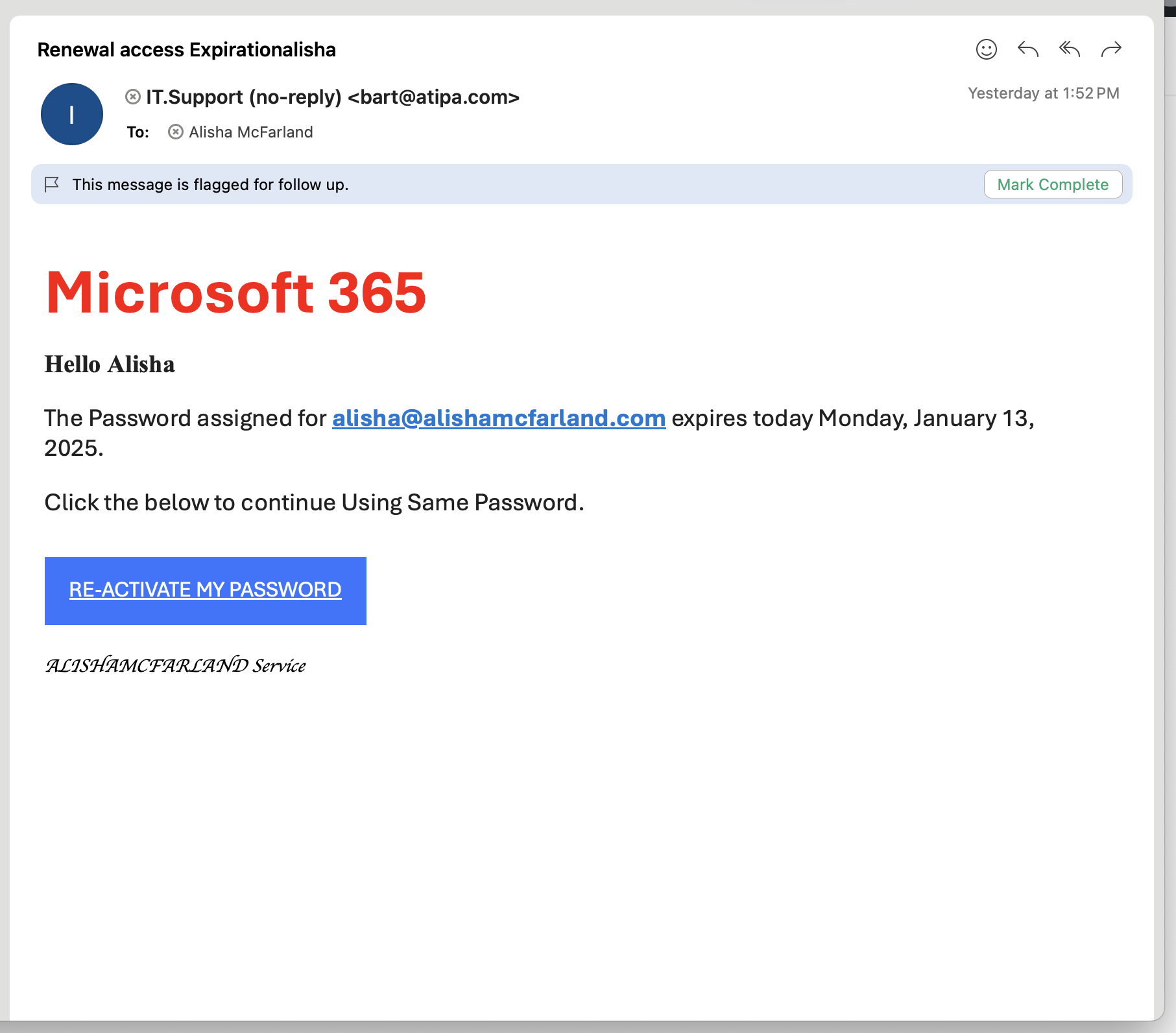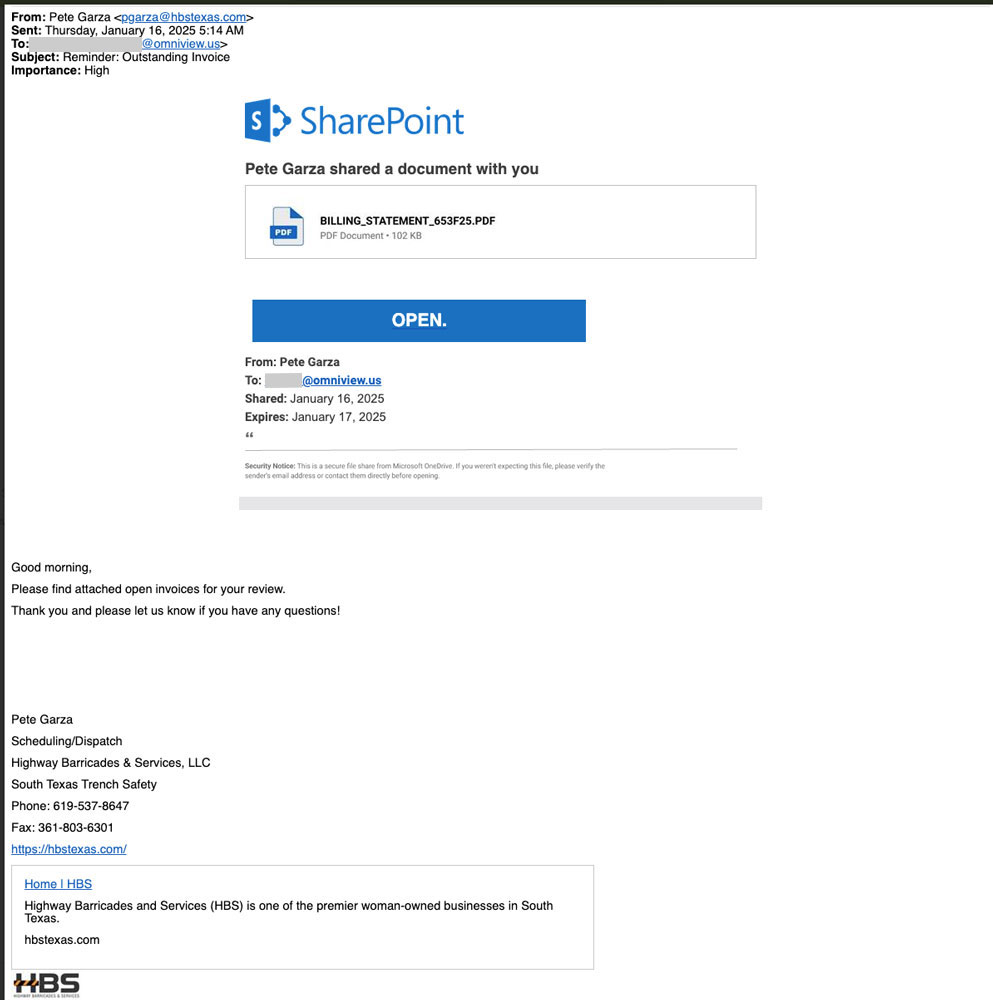We all get suspicious emails from time to time. While some scams are obvious, others can be pretty clever. This guide will help you spot potential email threats before they cause problems.
Common Warning Signs
The Sender Seems Off
When an email first arrives, take a close look at who sent it. Hackers often try to trick you by using names that look almost right, but aren’t quite perfect. For example:
- Instead of “amazon.com,” they might use “arnazon.com” or “amazon-support.net”
- A coworker’s name might be spelled slightly wrong, like “John.Smith@gmial.com” instead of “gmail.com”
- The display name might say “PayPal Support,” but the actual email address is something completely different

Something Feels Urgent or Too Good to Be True
Be extra careful when receiving an email:
- Claims your account will be closed unless you act immediately
- Says you’ve won a prize or inherited money
- Mentions an invoice you weren’t expecting
- Threatens legal action
- Offers an amazing deal that seems unrealistic

The Message Has Red Flags
Watch out for emails that:
- Contain obvious spelling and grammar mistakes
- Look like they’re from a company but use generic greetings like “Dear Sir/Madam”
- Ask for sensitive information like passwords or credit card numbers
- Include unexpected attachments
- Have links that look suspicious or don’t match the supposed sender

Quick Checklist Before Calling Tech Support
- Stop and think: Were you expecting this email?
- Double-check the sender’s email address by hovering your mouse over their name
- Look for spelling mistakes in both the sender’s address and the message
- Hover over any links (don’t click!) to see where they go
- Ask yourself if the request seems reasonable and normal
- When in doubt, contact the supposed sender through a different method (like calling your bank directly using their official phone number)
What to Do If You’re Unsure
- Don’t click any links or download attachments
- Don’t reply to the email
- Don’t enter any personal information
- Forward the suspicious email to your IT department or security team
- If it’s supposedly from a company you do business with, contact them directly using their official website or phone number, not any contact info provided in the email
Remember: It’s better to take a few extra minutes to verify an email than to rush and fall for a scam. Legitimate companies won’t mind if you double-check their identity through official channels.

